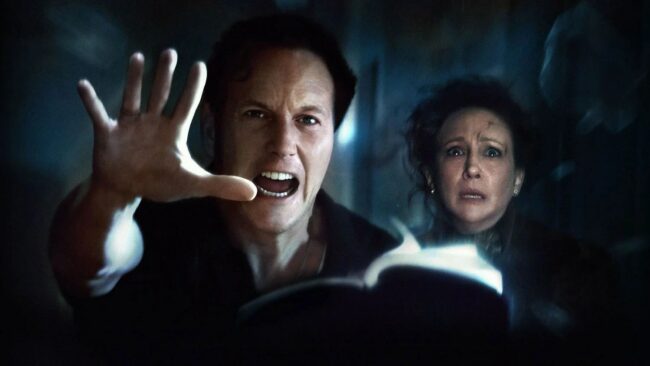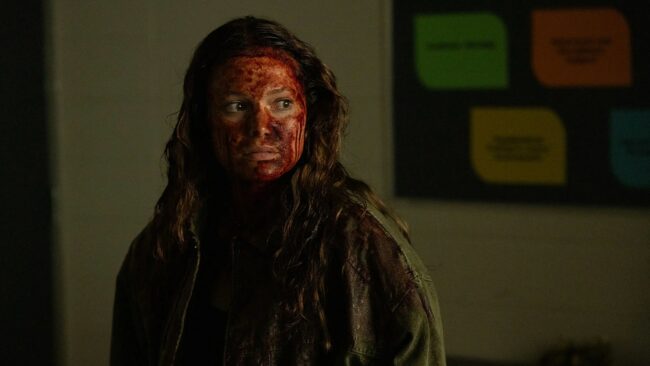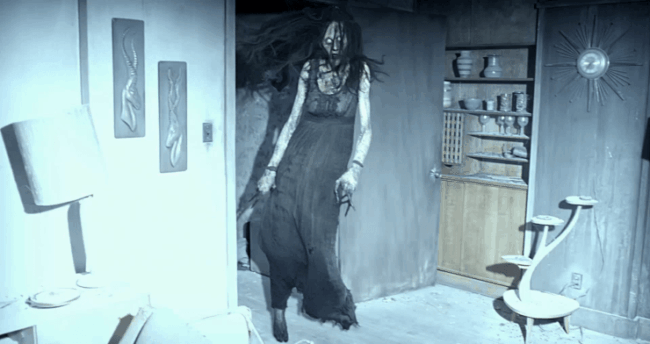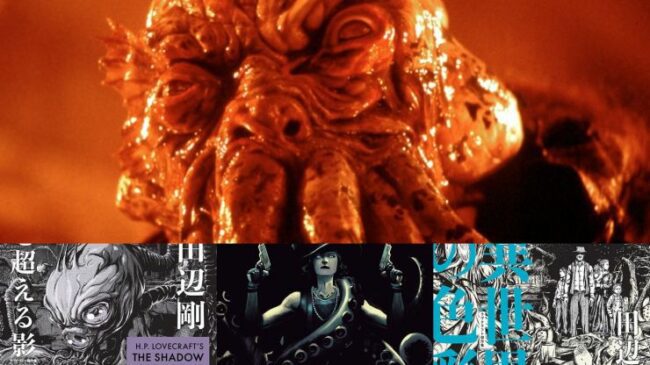York County Library approves controversial LGBTQ book policy
… approved a controversial new book policy on Thursday that … section.
Additionally, when choosing books to stock shelves, librarians must … : Proposal to move LGBTQ+ books to adult section stirs controversy … Proposal to move LGBTQ+ books to adult section stirs …










